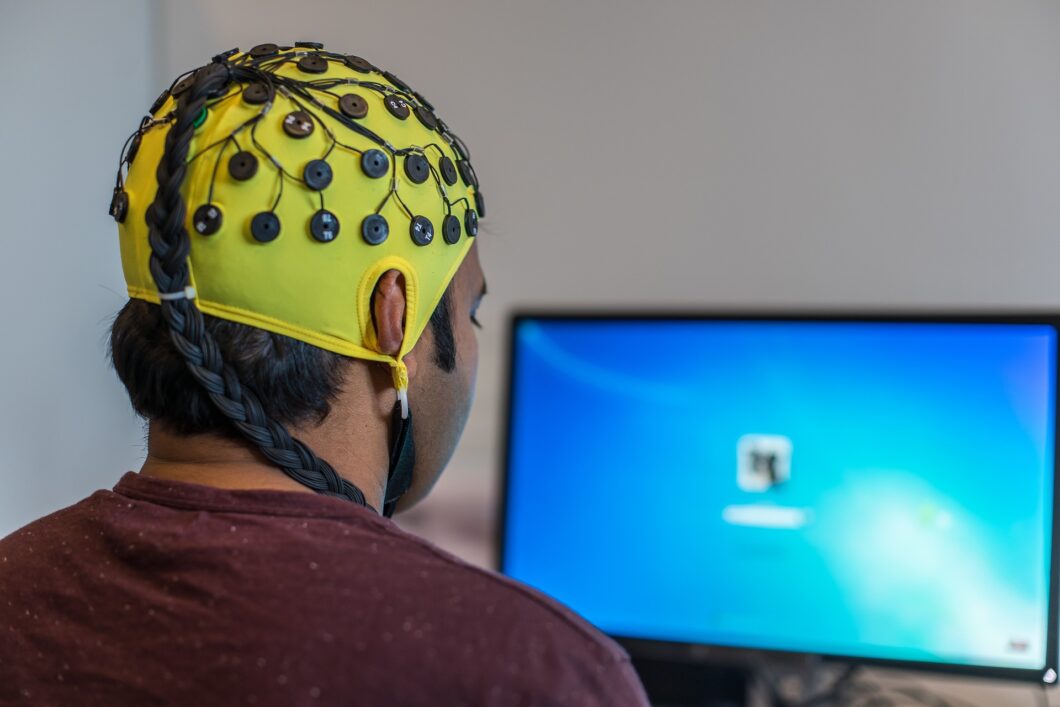Introduction to Neuro-Biofeedback
Neuro-Biofeedback, also known as EEG (electroencephalogram) biofeedback, is a cutting-edge therapeutic intervention that leverages advancements in technology to provide immediate feedback on an individual’s brainwave activity. This intervention holds promise as a means to enhance brain function and alleviate symptoms associated with various neurological and mental health disorders.
How Neuro-Biofeedback Works
The process involves a computer-based program that assesses the client’s brainwave activity in real-time. This program then translates this data into sound or visual signals, creating a unique feedback loop. By engaging with this feedback loop, clients gain insights into their brain’s functioning and, in turn, learn to regulate and improve their brain function.
Applications of Neuro-Biofeedback
Neuro-Biofeedback demonstrates versatility in addressing a spectrum of neurological and mental health disorders. It has shown efficacy in mitigating symptoms associated with post-traumatic stress disorder (PTSD), stress-related problems, and insomnia. Additionally, it holds promise as a therapeutic intervention for individuals experiencing age-related cognitive decline.
Benefits of Neuro-Biofeedback Therapy
The potential benefits of Neuro-Biofeedback therapy extend beyond symptom alleviation. Clients undergoing this intervention may experience enhanced cognitive abilities, improved stress resilience, and an overall boost in mental well-being. The non-invasive nature of Neuro-Biofeedback adds to its appeal as a therapeutic option.
Scientific Basis and Research
The effectiveness of Neuro-Biofeedback is rooted in scientific principles, with a growing body of research supporting its application. Studies have explored the neuroplasticity of the brain and how targeted feedback can induce positive changes in neural functioning, contributing to the therapeutic efficacy of this intervention.
Considerations and Limitations
While Neuro-Biofeedback holds promise, it is essential to consider individual variability in response and potential limitations. Factors such as the client’s engagement level, the specific nature of their condition, and the skill of the practitioner administering the therapy can influence outcomes.
Conclusion
Neuro-Biofeedback stands at the intersection of technology and mental health, offering a personalized and dynamic approach to improving brain function. As research continues to unfold, this therapeutic intervention holds the potential to transform the landscape of neurological and mental health treatments.

